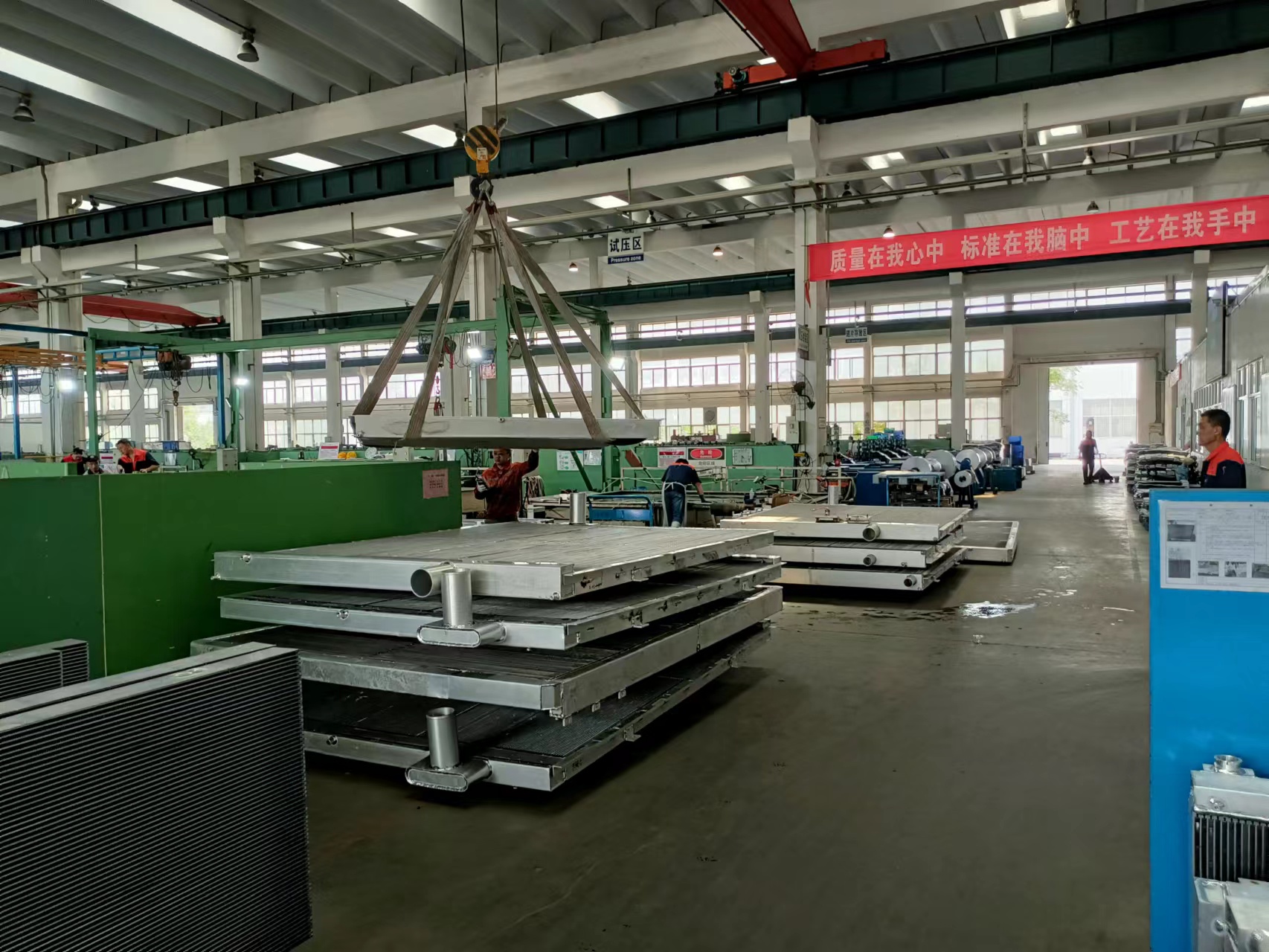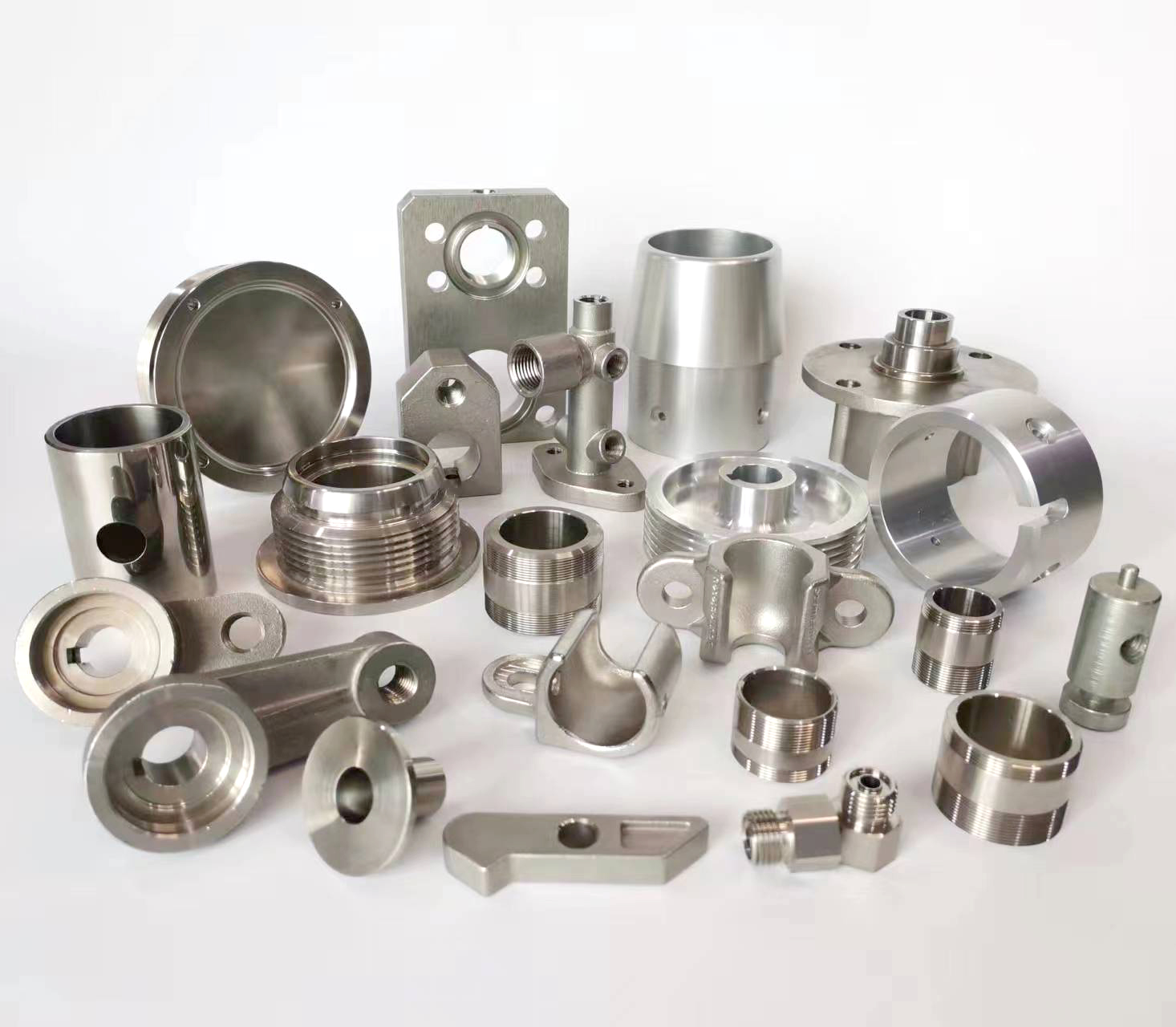
Hot Rolling Process: A Comprehensive Overview
Hot rolling is a fundamental metalworking process where metal stock (primarily steel, but also aluminum, copper, nickel, titanium, and alloys) is plastically deformed above its recrystallization temperature. This elevated temperature is critical as it allows the metal to be shaped with significantly lower forces and prevents work hardening, enabling large reductions and complex shapes.
Core Principle: Metal is softened by heating it to a temperature typically 50-100°C above its recrystallization point (e.g., 1100-1300°C for most steels). While in this softened, ductile state, it is passed repeatedly between rotating rolls under high pressure. The rolls compress the metal, reducing its cross-sectional area and increasing its length.
Key Process Stages:
Reheating:
Slabs, blooms (large square/rectangular sections), or billets (smaller square sections) are heated uniformly in a furnace (reheating furnace, soaking pit, or induction heater).
Purpose: Achieve a homogeneous, malleable structure suitable for plastic deformation. Dissolve precipitates and ensure uniform temperature throughout the cross-section.
Critical Factors: Precise temperature control, heating rate, atmosphere control to minimize scaling (oxidation).
Rolling:
The heated stock is transported to the rolling mill stand(s).
It passes through sets of counter-rotating rolls with a specific gap (roll gap) smaller than the incoming material thickness.
Rolling Stands: Modern mills use multiple stands in sequence.
Roughing Stands: Initial stands perform large reductions (high roll force, lower precision, often reversing).
Finishing Stands: Subsequent stands achieve the final dimensions, shape, and surface quality (tighter tolerances, higher speeds, often tandem).
Roll Pass Design: The shape of the grooves cut into the rolls determines the final product profile (flat sheet, round bar, I-beam, rail, etc.).
Roll Force & Control: Hydraulic or electromechanical systems precisely control the roll gap, applying immense forces (thousands of tons) to deform the metal. Roll bending systems counteract deflection to maintain profile accuracy.
Descaling (Scale Breaking):
Oxide scale (mill scale) forms rapidly on the hot metal surface.
High-pressure water jets or mechanical devices (scale breakers) remove this brittle scale before the stock enters the rolls.
Purpose: Prevent scale being rolled into the surface (causing defects), improve surface finish, reduce roll wear.
Controlled Cooling:
After the final rolling pass, the hot product must be cooled controllably.
Runout Table Cooling (for strip/plate): High-pressure water sprays or laminar flow cooling systems rapidly cool the metal according to a specific temperature-time profile.
Purpose: Achieve the desired metallurgical structure (grain size, phase distribution), mechanical properties (strength, toughness), and flatness. This stage is critical for Thermomechanical Controlled Processing (TMCP).
Coiling (for strip) / Cutting (for long products):
Strip/Sheet: Hot strip is wound into large coils using a downcoiler.
Plate: Cut to length using hot shears or plasma/laser cutters.
Long Products (Bars, Rods, Sections): Cut to length by hot saws or shears, or coiled (e.g., wire rod).
Material Behavior During Hot Rolling:
Recrystallization: Deformation creates dislocations. Above the recrystallization temperature, new, strain-free grains nucleate and grow during deformation (dynamic recrystallization) or immediately after deformation (static/ metadynamic recrystallization). This prevents work hardening.
Grain Refinement: Properly controlled rolling and cooling lead to significant grain refinement, improving strength and toughness.
Phase Transformations: For steels, the cooling rate determines the final microstructure (ferrite, pearlite, bainite, martensite) and thus mechanical properties.
Key Advantages:
High Production Rates: Continuous processing allows very high throughput (e.g., strip mills producing over 1000 tons/hour).
Large Reductions: Significant cross-sectional area reduction is possible in fewer passes compared to cold rolling.
Energy Efficiency: Shaping requires less force/energy per unit volume deformed than cold working.
Improved Workability: Ductility is high, allowing complex shapes and large deformations without cracking.
Microstructure Control: TMCP enables tailoring properties through precise control of rolling temperatures, reductions, and cooling rates.
Eliminates Annealing: Recrystallization occurs naturally during/after rolling, removing the need for separate annealing cycles (unlike cold working).
Key Products:
Flat Products: Hot Rolled Coil (HRC), Hot Rolled Plate, Hot Rolled Sheet, Skelp (for pipe).
Long Products: Hot Rolled Bars (round, square, hexagonal), Rods, Wire Rod, Structural Sections (I-beams, H-beams, channels, angles), Rails, Seamless Tubes.
Challenges & Considerations:
Scale Formation: Significant material loss and surface defects if not properly controlled.
Dimensional Tolerances: Generally looser than cold rolling due to thermal expansion/contraction and roll deflection.
Surface Finish: Rougher and oxidized (mill scale) compared to cold rolled or machined surfaces.
Microstructural Heterogeneity: Potential for variations in grain size or properties through the thickness if cooling isn’t uniform.
High Energy Consumption: Significant energy required for reheating.
Safety & Environment: Extreme temperatures, high forces, water treatment for scale slurry, emissions from furnaces.
In essence, hot rolling is the indispensable high-volume, high-tonnage process that transforms cast ingots or continuously cast semi-finished products into the vast majority of structural steel shapes, plates, and coils that form the backbone of modern infrastructure, transportation, and manufacturing. Its ability to exploit recrystallization for efficient deformation and property control makes it unmatched for primary shaping.





